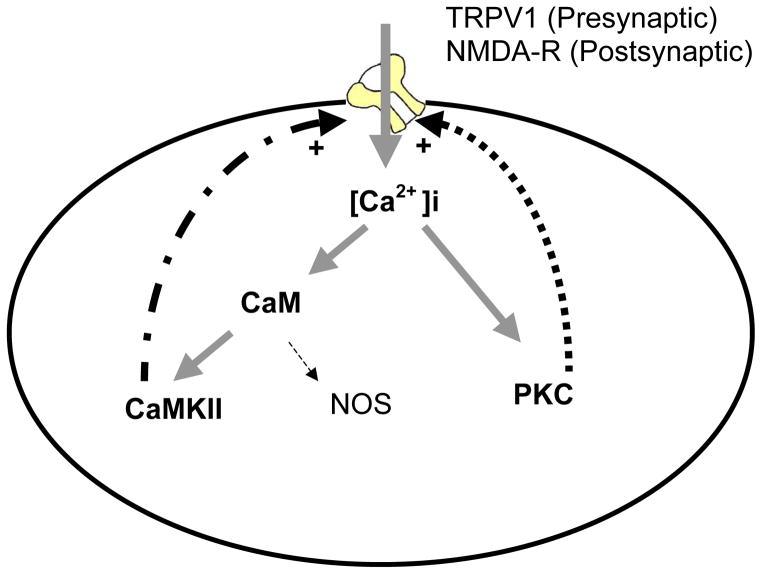Figure 2. Positive feed-forward loops involving PKC and CaMKII in neuropathic pain.
This is a simplified scheme demonstrating the persistent activation of protein kinase C (PKC) and Ca2+/calmodulin (CaM)-dependent protein kinase II (CaMKII) in neuropathic pain. Ca2+ influx through the activation of the N-methyl-D-aspartate (NMDA) receptors or the transient receptor potential vanilloid 1 receptor (TRPV1) leads to increased intracellular Ca2+ levels and subsequent activation of PKC and CaMKII. Both PKC and CaMKII can activate the NMDA receptors or TRPV1 via phosphorylation. Such feed-forward mechanisms may be one way for the sustained activation PKC or CaMKII in neuropathic pain. It is likely additional mechanisms can activate and/or sustain the activation of PKC and CaMKII, for example, by activating a Gq coupled receptor or through Ca2+ release from the intracellular storage. It should be noted that PKC and CaMKII do not need to be co-expressed or simultaneously activated in a single cell. Whereas the NMDA receptors are expressed in the post-synaptic neurons, the TRPV1 may play a major role in pre-synatic neurons. For downstream signal transduction, these protein kinases phosphorylate numerous effectors including transcription factors, receptors, and ion channels. Key: Ca2+ = calcium; CaM= calmodulin; CaMKII= Ca2+/calmodulin-dependent protein kinase II; NMDA-R= the N-methyl-D-aspartate receptor; NOS= nitric oxide synthase; PKC=protein kinase C; TRPV1= the transient receptor potential vanilloid 1 receptor.

